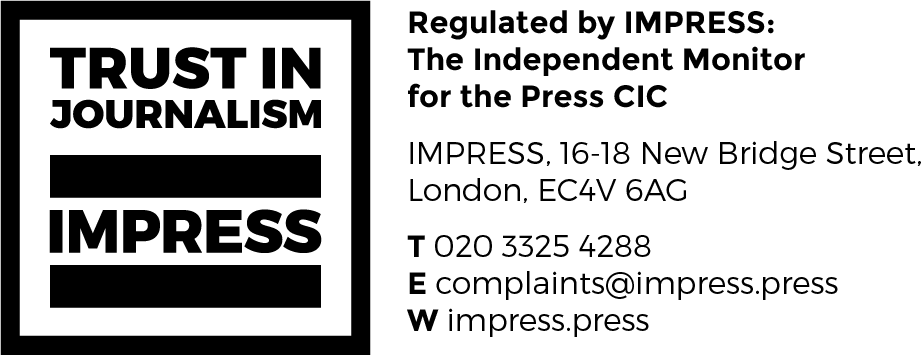Sustainable yachting: Data is key

“To be able to change something, you first have to be able to measure it,” Mark Bamford, director, Credit Suisse told Superyacht Investor’s (SYI) Town Hall. “The ability to measure the carbon dioxide impact of a vessel is being brought to the superyacht industry for the first time and it’s an essential step as this sector tackles the issue of sustainability,” said the Zurich-based banker.
Fellow panelist and Water Revolution Foundation director, Dr Vienna Eleuteri, agreed with Bamford. “We need to measure. This is the very first challenge we have to face in our industry. We are in a powerful strategic position because every superyacht is a hub for innovation, but, at the same time, we have no way to measure it and monitor how we can be more effective on the environmental side,” said Eleuteri.
Speaking specifically about the Water Revolution Foundation’s work, Eleuteri said there are now tools available. Including the Yacht Assessment Tool, which aids design, build and refit giving access to information to make sustainable build choices, and the Database of Sustainable Solutions, which collects and promotes sustainable solutions ready to be used.
“We need organisations and teams across the industry working on initiatives to drive sustainability in their business activities at present,” emphasised Georgina Menheneott, fellow panelist and partner at Burgess. “But they must be meaningful and be driven by the team themselves in order to have an impact. If you don’t have buy in – that’s support from the top-down and bottom-up – then you may just end up on a PR exercise and cannot expect to bring about genuine behavioural change.”
Menheneott believes that it is just as important for businesses to ensure their campaigns are authentic and relevant to their areas of activity as it is for the industry to consolidate and act collectively to address the issues. “It is just good business in the 21st century and what any organisation should now be doing as a matter of course. If we are talking about ESG goals, it’s going to be harder to achieve results in the environmental (E) without your social (S) and your governance (G). Buy-in, conviction and pressure from the bottom-up and leadership from the top down are extremely powerful tools to drive change in an organisation.”
But while some industry stakeholders have sustainability at the forefront of their minds, the truth is that their environmental, social and governance credentials aren’t yet driving client decision-making.
Menheneott explained: “I think in reality, for the majority, these considerations are a nice-to-have but not-a-necessity yet and that is as much the fault of the industry at large, as well as people not asking the right questions. But as new generations enter the market with a more socially and environmentally conscious approach to their business activities there is now an expectation that this is what good business is, and the yachting industry has to catch up.”
A simple internet search will reflect which yards are driving technological change but the biggest change we can all make right now is to operate the existing fleet of yachts more responsibly, said Menheneott.
“This industry has incredible potential for research and development and truly to lead new marine technology but it is up to all of us, builders, designers, architects, engineers, crew, brokers and clients to ask the right questions and find the answers,” said Menheneott.
Referencing She of the Sea’s newly published 2021 Annual Report, Jenny Matthews, the organisation’s founder, told delegates: “Our ability to be able to address any issue, sustainability being one of them, relies completely on who’s on the team implementing action. That’s why diversity, equity and inclusion is so important.
“The other main challenge is talent acquisition for crew. Is the next generation going to be interested in joining our industry?” Matthews added.
When looking at what is important to the next generation, companies’ attitude to diversity, equality and inclusion are seen by some 76% of respondents as the differentiating feature, according to Matthews.
The report was the first look into diversity, equity and inclusion in the superyachting industry. After creating a pledge, She of the Sea managed to get 27 companies onboard. Part of the pledge was to contribute data to the report, looking at both shoreside and crew.
Taking a pool of 32,000 crew, Matthews said what she found most interesting, if not a little concerning, was when looking at leadership. “Comparing entry level roles across all departments with representation in leadership roles, we found that we have a catastrophic free fall when it comes to minority genders going from entry level into leadership roles.”
For example, deckhands were just 11% female but when looking at chief officer it dropped to 4% representation of minority genders. When looking at captains it dropped further to 1.9%.
While the data is in its infancy, we are not going to be able to tell what it means for the industry, but this is a crucial starting point, said Matthews. “However, there is a high likelihood that we have an incredibly leaky talent pipeline, actually its more like sieve. And if this is the case, what are the barriers we need to identify, understand and dissolve to see a robust talent pipeline?”
Ian Hughes, senior associate, HFW, and Town Hall presenter, added: “Data collection and transparent reporting is and will in the future be a key part the sustainability strategy for the entire industry, not just to hold stakeholders to account for their impact on the world, but to motivate real change, benchmark progress and drive debate on issues such as ocean conservation and diversity in the work force.”
Revisit our last session, sponsored by HFW, available as a podcast here. You can also signup for the next Superyacht Investor Town Hall looking at Cyber Security, to be held on Thursday 29th July here.
Subscribe to our free newsletter
For more opinions from Superyacht Investor, subscribe to our email newsletter.

